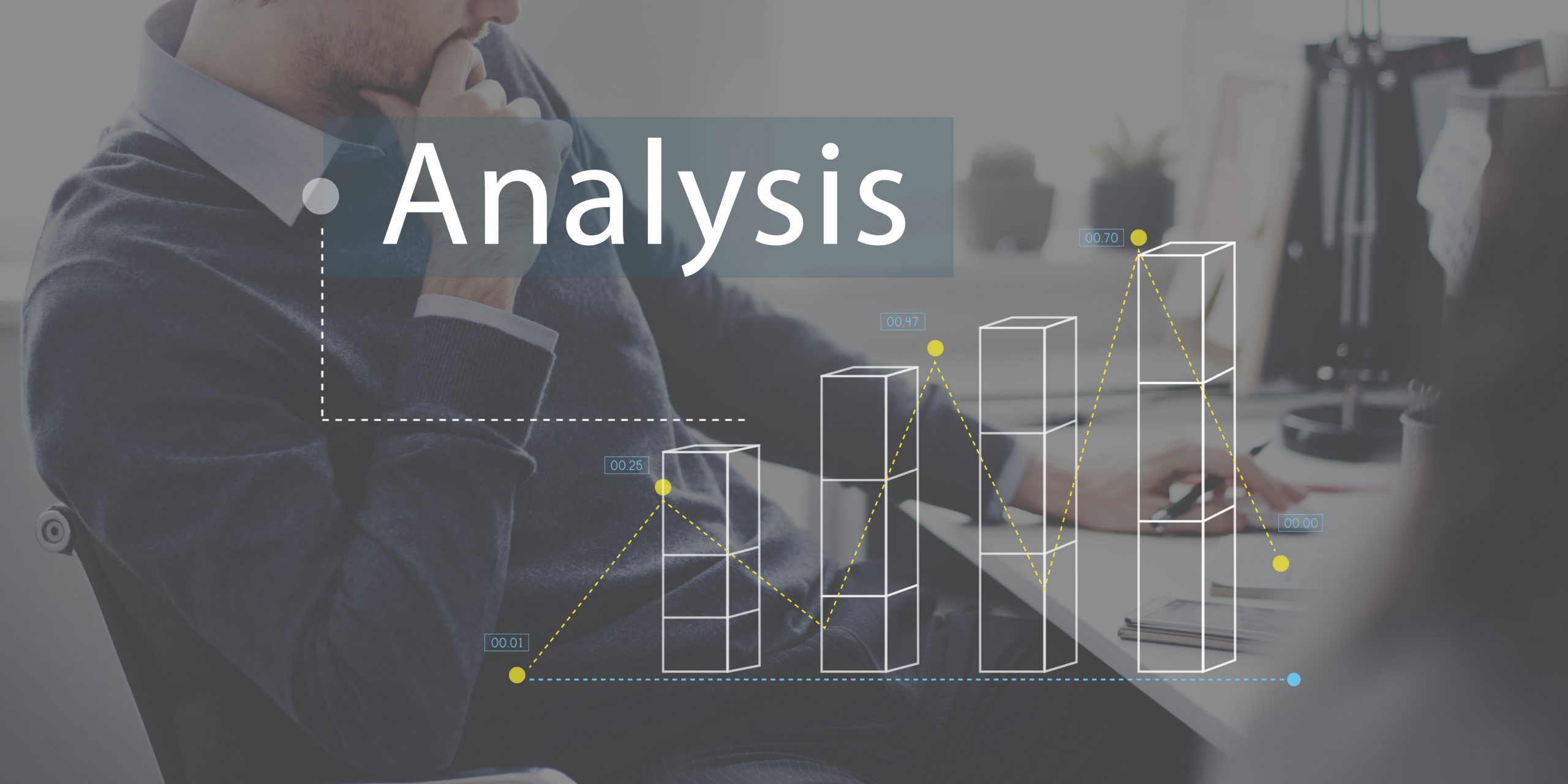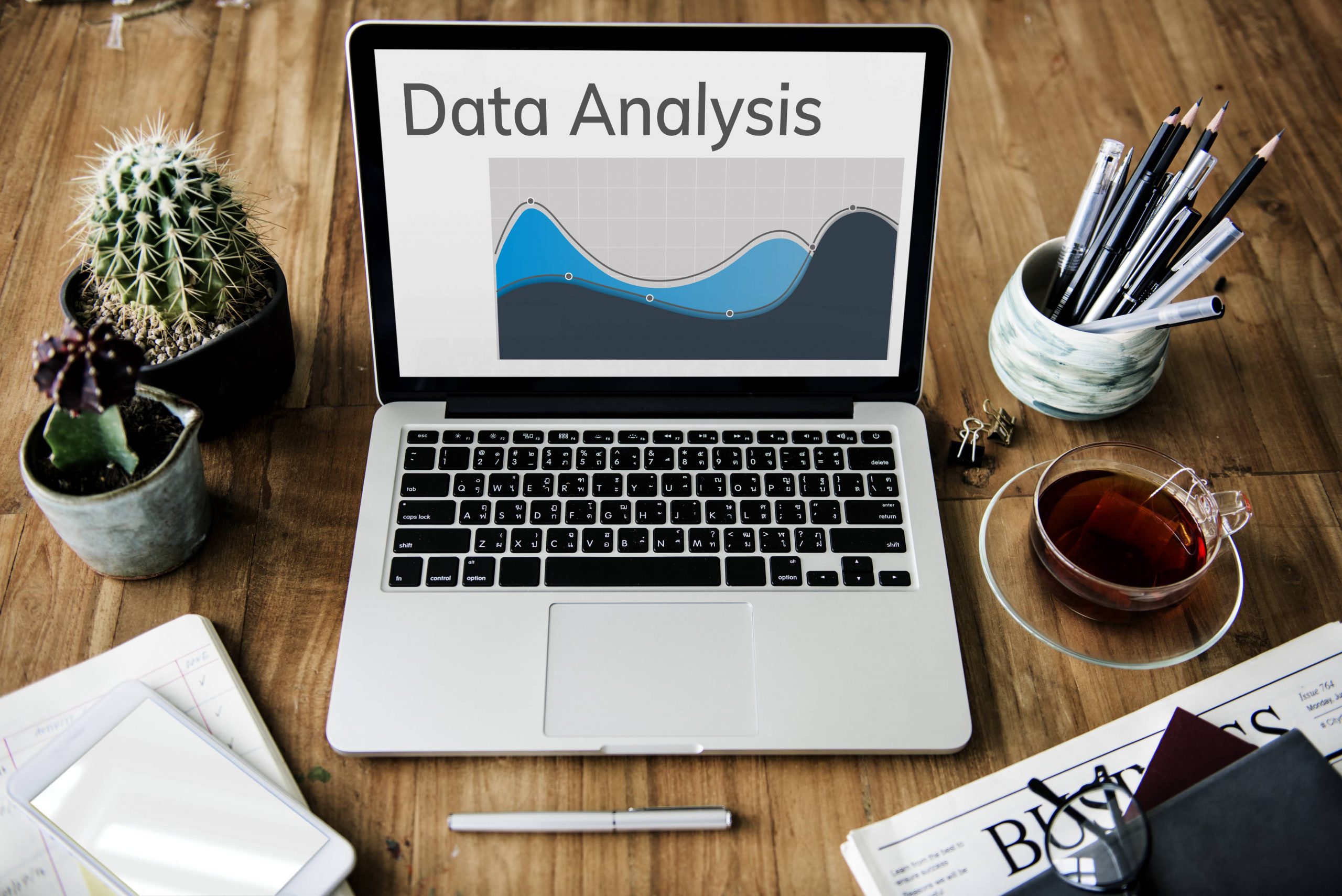At PixelCrayons, we provide diverse data analytics services tailored to meet your business needs. Our offerings include:

Access real-time insights with our Analytics as a Service, fueling your data-driven digital transformation for instant decision-making. You can also gain access to advanced analytics tools.
Experience hands-free data analysis with our managed services. Our experts process data, ensuring accurate insights and actionable information for decision-making.
Empower your data-driven decisions with our expert consultants. Leverage the perfect data analytics in digital transformation – from design to implementation and enhancement.
Transform your data into actionable intelligence. Our seamless integration ensures efficient analytics adoption, enhancing your decision-making capabilities.
Stay updated with our services to revamp your data analytics strategies, incorporating the latest technologies, ensuring your analytics ecosystem remains cutting-edge and effective.
Ensure data integrity with our comprehensive data management services. From collection to storage, we streamline your data processes, enhancing reliability and accessibility.
Partner with PixelCrayons experts to harness the power of data analytics.

At PixelCrayons, we understand the importance of data-driven decision-making. To help businesses, we offer comprehensive data analytics services tailored to your business needs and objectives. Our experts are dedicated to providing innovative and effective solutions to help companies harness the full potential of their data. We provide:
Leveraging the latest technologies, we enable businesses to attain 360-degree business growth with reliable and scalable solutions.

The success of data analytics in digital transformation in a business lies in how well the strategy is behind it. Here’s the roadmap we follow:
Measuring the readiness of your business to build a strategic roadmap.
Suggesting technological advancements to fill in the identified gaps.
Assessing quality of the in-progress projects to execute successful transformation.
Looking at all the features & functionalities to ensure seamless transformation experience.
Suggesting optimization strategies to support constant growth and innovation.

Data analytics is pivotal in driving business insights, allowing organizations to extract meaningful information from vast datasets. Here’s an in-depth look at its significance:
Informed Decision-Making:
Data analytics in digital transformation empowers businesses to make informed decisions by analyzing patterns, trends, and correlations within their data. This, in turn, enhances the decision-making process at all levels of the organization.
Identifying Opportunities and Risks:
By scrutinizing historical and real-time data, businesses can identify opportunities for growth and potential risks. This proactive approach allows for timely adjustments to strategies, minimizing potential pitfalls.
Customer Understanding:
Data analytics enables a deeper understanding of customer behavior, preferences, and feedback. This insight is invaluable for tailoring products, services, and marketing strategies to meet customer expectations effectively.
Operational Efficiency:
Through the analysis of operational data, businesses can optimize processes, improve efficiency, and reduce costs. This enhances overall productivity and contributes to a more streamlined and agile operation.
Competitive Advantage:
Leveraging data analytics provides a competitive edge. Businesses can stay ahead by predicting market trends, understanding customer needs, and swiftly adapting strategies based on the data’s insights.

Understanding the different types of data analytics is crucial for tailoring analytical approaches to specific business needs. Here’s a breakdown of descriptive, predictive, and prescriptive analytics:
Descriptive Analytics:
Overview: Descriptive analytics focuses on summarizing historical data to provide insights into what has happened in the past.
Use Cases: Summarize sales data, generate reports, and visualize key performance indicators (KPIs).
Predictive Analytics:
Overview: Predictive analytics involves forecasting future trends and outcomes based on historical data and statistical algorithms.
Use Cases: Predicting customer behavior, forecasting demand, and identify potential issues before they occur.
Prescriptive Analytics:
Overview: Prescriptive analytics goes beyond predictions, recommending actions to optimize outcomes based on the predicted scenarios.
Use Cases: Recommending the best marketing strategies, optimizing supply chain operations, and guiding decision-makers on the most advantageous actions.

Selecting the appropriate data analytics tools is crucial for the success of any analytics initiative. Here’s a comprehensive guide to help you make informed choices:
Assess Your Business Needs:
Identify your analytics project’s specific goals and requirements, considering factors such as data volume, complexity, and your team’s skills.
Scalability and Flexibility:
Choose tools that can scale with your business and adapt to changing requirements. Look for flexibility in handling different types of data and accommodating future growth.
User-Friendly Interface:
Opt for tools with intuitive interfaces that facilitate easy navigation and usage, ensuring that your team can efficiently extract insights without significant training.
Integration Capabilities:
Ensure the selected tools seamlessly integrate with your existing software ecosystem, promoting a cohesive data analytics workflow.
Cost Considerations:
Evaluate the total cost of ownership, including licensing fees, training, and maintenance costs, to align your tool selection with your budget constraints.
Data visualization is a powerful aspect of data analytics, transforming complex data sets into easily understandable visual representations. Here’s why it’s essential:
Enhanced Understanding:
Visualization simplifies complex data, making it easier for stakeholders to grasp trends, patterns, and relationships, leading to more informed decision-making.
Identification of Patterns:
Visualizations highlight patterns and outliers in data, allowing for quick identification of trends and anomalies that may not be apparent in raw data.
Storytelling with Data:
By presenting data visually, organizations can tell compelling stories, making it easier to convey insights, trends, and the implications of data to a diverse audience.
Interactive Exploration:
Interactive visualizations empower users to explore data dynamically, fostering a deeper understanding and enabling users to extract specific insights relevant to their roles.
Communication of Insights:
Effective data visualization is a key communication tool, enabling teams to share insights across the organization in a visually compelling manner.
Industries have unique data analytics needs, and tailoring solutions to specific sectors is essential for optimal results. Here’s a guide to customizing data analytics solutions for different industries:
Understanding Industry-Specific Challenges:
Begin by deeply understanding the challenges and opportunities specific to the industry in question, considering regulatory requirements, market dynamics, and operational nuances.
Custom Data Models:
Develop custom data models that align with industry-specific metrics and key performance indicators (KPIs), ensuring that the analytics solution addresses the sector’s unique requirements.
Domain-Specific Algorithms:
Utilizing algorithms and analytical techniques tailored to the industry’s needs allows for more accurate predictions and actionable insights.
Compliance and Security:
Ensure that the analytics solution complies with industry regulations and standards, strongly emphasizing data security and privacy.
Scalability for Industry Growth:
Design analytics solutions with scalability in mind, accommodating the industry’s potential growth and evolving needs.

Understanding data analytics’ return on investment (ROI) is crucial for justifying investments and assessing the impact on the bottom line. Here’s a detailed exploration of how data analytics contributes to your organization’s financial success:
Cost Savings Through Efficiency:
Implementing data analytics can lead to operational efficiencies, reducing processes, resource allocation costs, and overall workflow optimization.
Revenue Generation:
Data analytics identifies opportunities for revenue generation, whether through targeted marketing strategies, pricing optimization, or introducing new products and services.
Risk Mitigation:
Proactively identifying risks through data analytics can prevent costly issues, minimizing potential financial losses associated with unforeseen challenges.
Improved Customer Retention:
By understanding customer behavior and preferences, data analytics improves customer satisfaction and retention, reducing the costs of acquiring new customers.
Strategic Decision-Making:
Informed decision-making based on data analytics ensures that strategic initiatives align with market trends, customer demands, and overall business objectives, contributing to long-term financial success.
Integrating data analytics into your workflow requires careful planning and execution. Here’s a comprehensive guide to successful implementation strategies:
Define Clear Objectives:
Clearly define the objectives of your data analytics initiative, ensuring alignment with overall business goals and key performance indicators (KPIs).
Data Quality and Governance:
Establish robust data quality and governance practices to ensure that the data used for analysis is accurate, reliable, and compliant with industry regulations.
Skill Development and Training:
Invest in training programs to enhance your team’s skills, ensuring they are proficient in using data analytics tools and interpreting insights effectively.
Collaboration Across Departments:
Foster collaboration between departments to ensure a holistic approach to data analytics. Encourage the sharing of insights and cross-functional collaboration.
Continuous Monitoring and Improvement:
Implement a system for continuously monitoring data analytics in digital transformation, regularly reviewing and refining strategies to adapt to changing business dynamics.
Scalability and Future-Proofing:
Design the implementation with scalability, allowing for integrating new data sources and technologies as the organization grows and data requirements evolve.
Have questions related to data analytics services? Take a look at our FAQ section or connect with our team directly for personalized assistance and information.
Data and analytics form the bedrock of digital transformation, empowering businesses to make informed decisions. By harnessing insights from vast datasets, organizations can streamline processes, enhance customer experiences, and stay ahead in the dynamic digital landscape. Data-driven digital transformation drives the core changes needed for a successful data analytics in digital transformation journey.
At PixelCrayons, we employ a sophisticated toolkit of industry-leading data and digital transformation tailored to meet the specific requirements of each project. Our arsenal includes renowned tools such as:
By strategically combining these tools, we ensure a comprehensive approach to data and digital transformation, allowing us to derive meaningful insights that drive informed decision-making.
The timeline for experiencing the impact of our data analytics services depends on project complexity and data intricacies. While the duration may vary, our commitment to delivering efficient, meaningful insights remains constant. Wondering, “Why are data and analytics key to data and digital transformation?” Expect initial results and actionable insights within weeks, with transparent communication throughout the project, even for more complex endeavors.
Absolutely. At PixelCrayons, we recognize that small businesses have unique needs. Our data and digital transformation solutions are highly customizable, ensuring that they align with small enterprises’ scale and specific requirements. Whether you’re looking for streamlined reporting, targeted insights, or scalable solutions, our team tailors our services to meet your business goals and enhance your decision-making capabilities.
Security is a top priority at PixelCrayons. We implement robust measures to safeguard your data throughout the analytics process. Our security protocols include:
Collectively, these measures create a secure environment for your data throughout the analytics lifecycle.
Ensuring data accuracy is paramount in our analytics solutions. PixelCrayons employs a multi-faceted approach to guarantee the precision of insights:
By integrating these practices, we uphold the accuracy and reliability of the insights derived from your data.
Indeed, PixelCrayons specializes in seamlessly integrating our data analytics services with your existing software systems. Our experts work closely with your IT teams to ensure compatibility and a smooth integration process. Whether you use custom-built software, enterprise resource planning (ERP) systems, or other applications, we aim to create a cohesive and efficient workflow. This integration enhances the value of your existing systems and ensures that our analytics solutions seamlessly become a part of your day-to-day operations.
Let us show you how our digital services can drive your success.